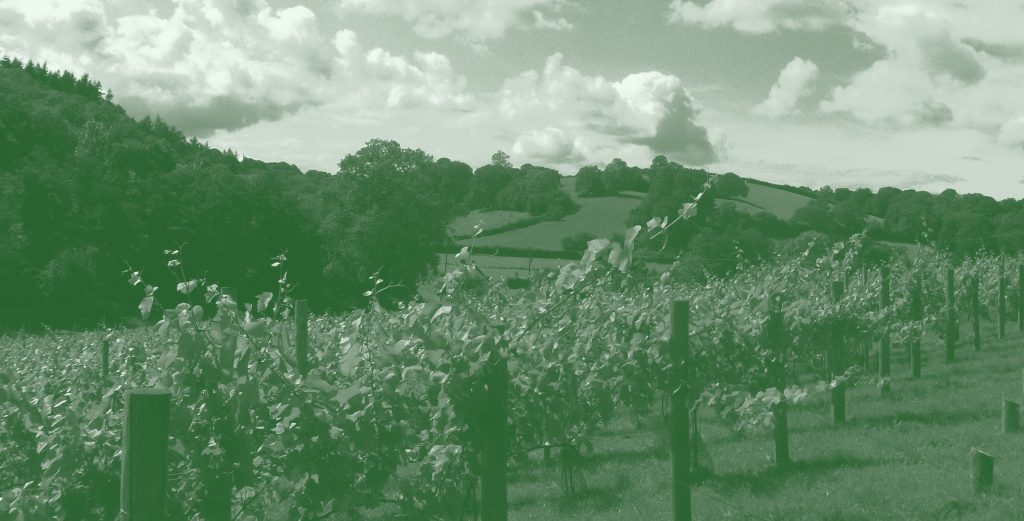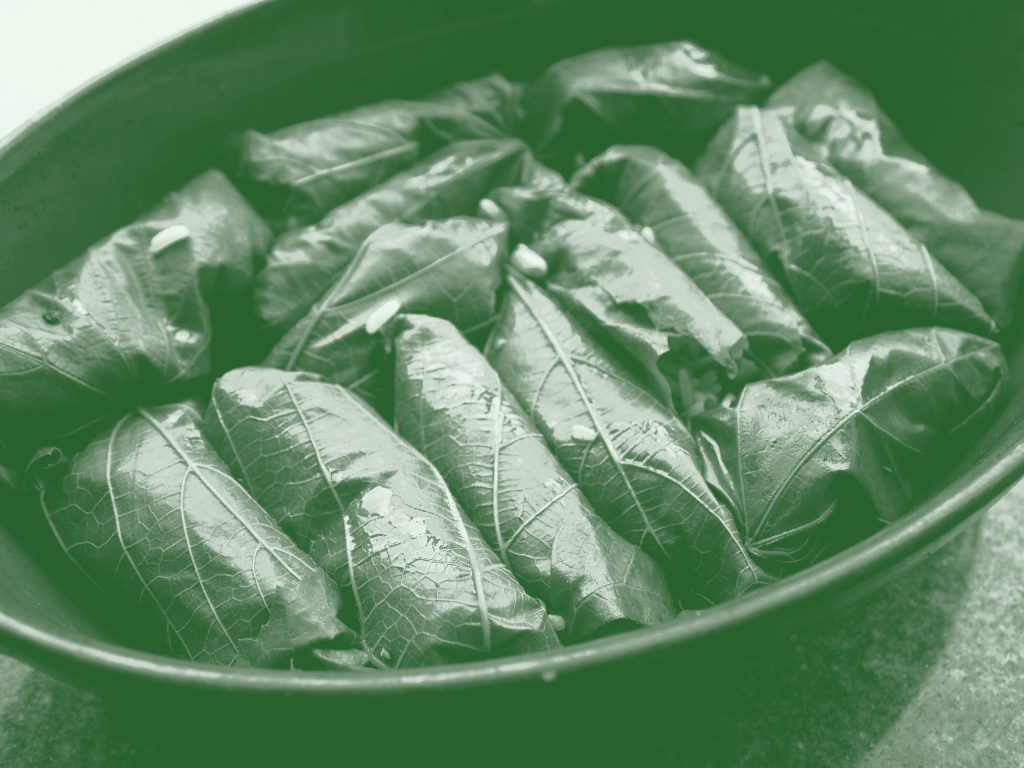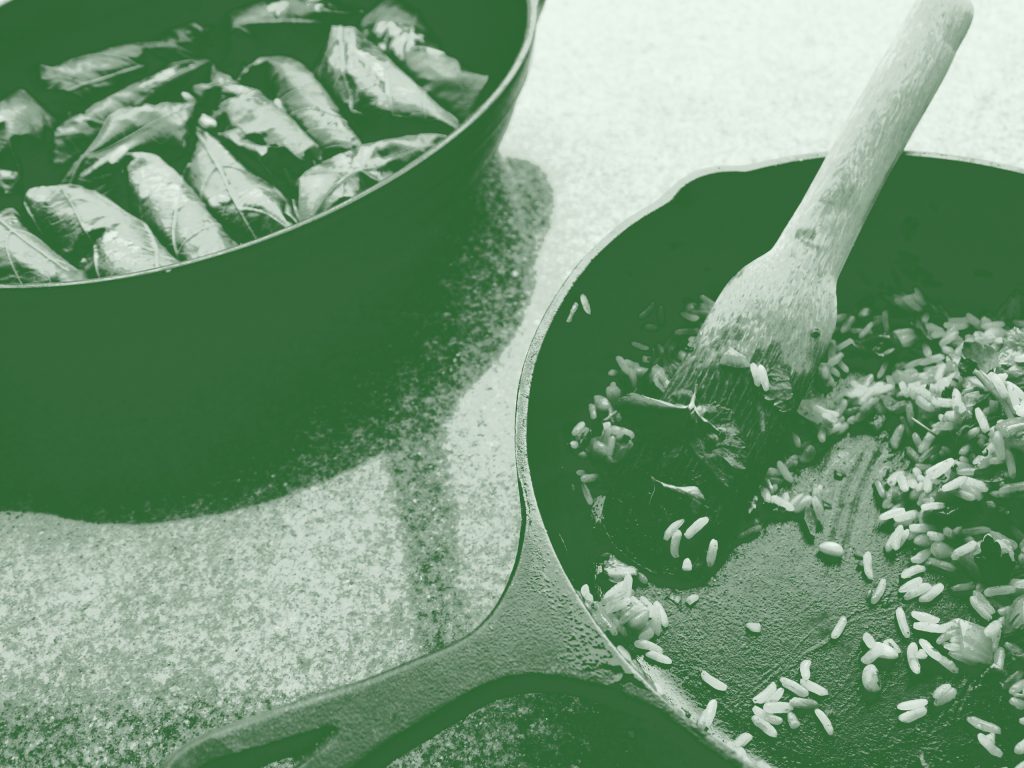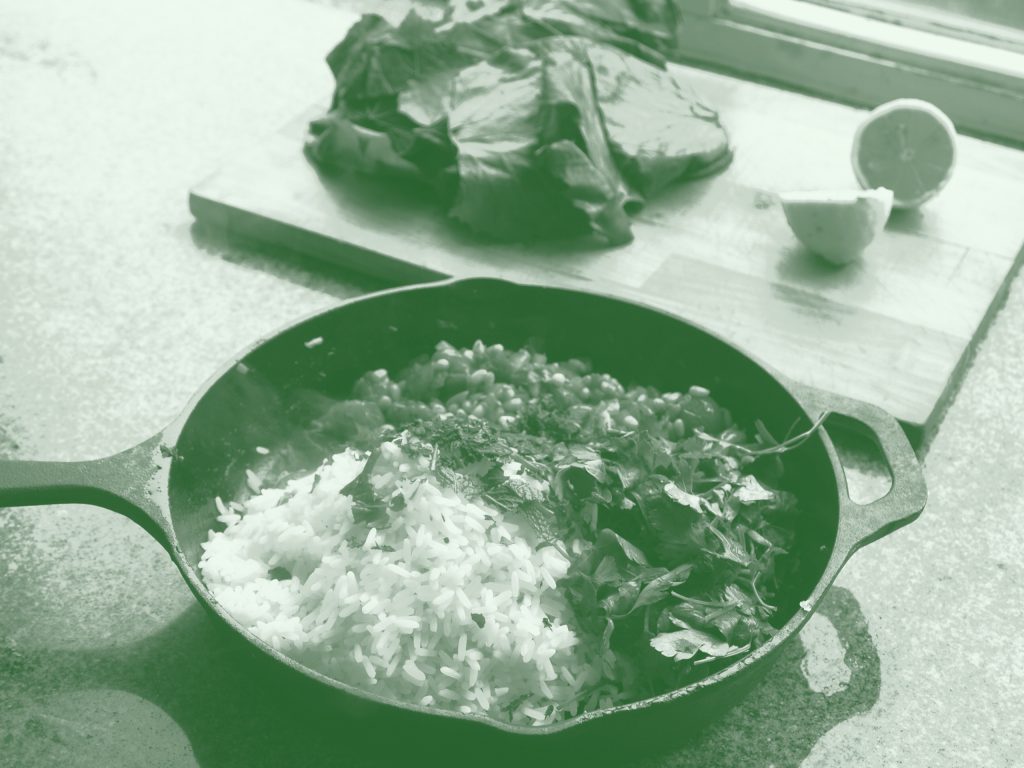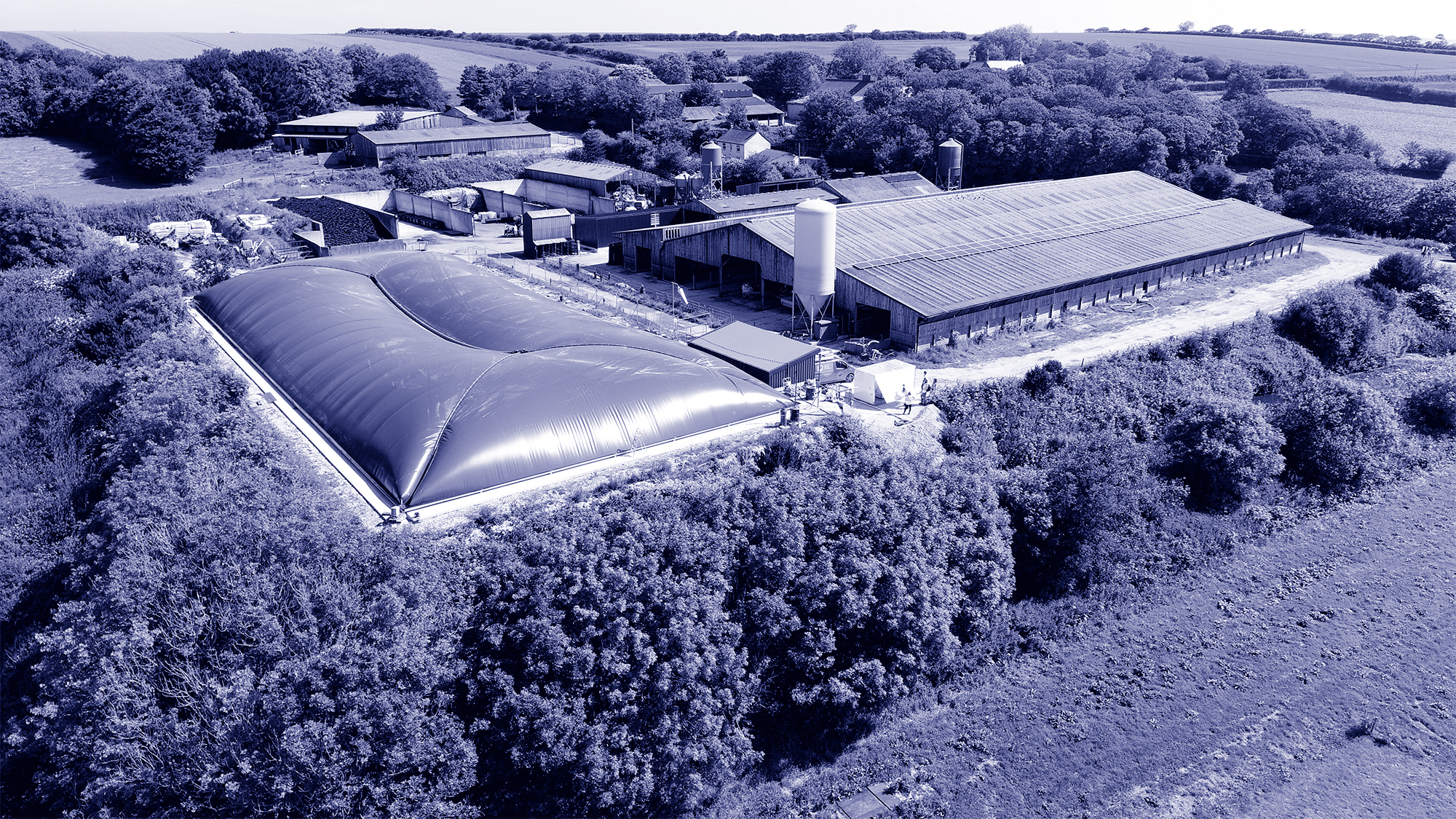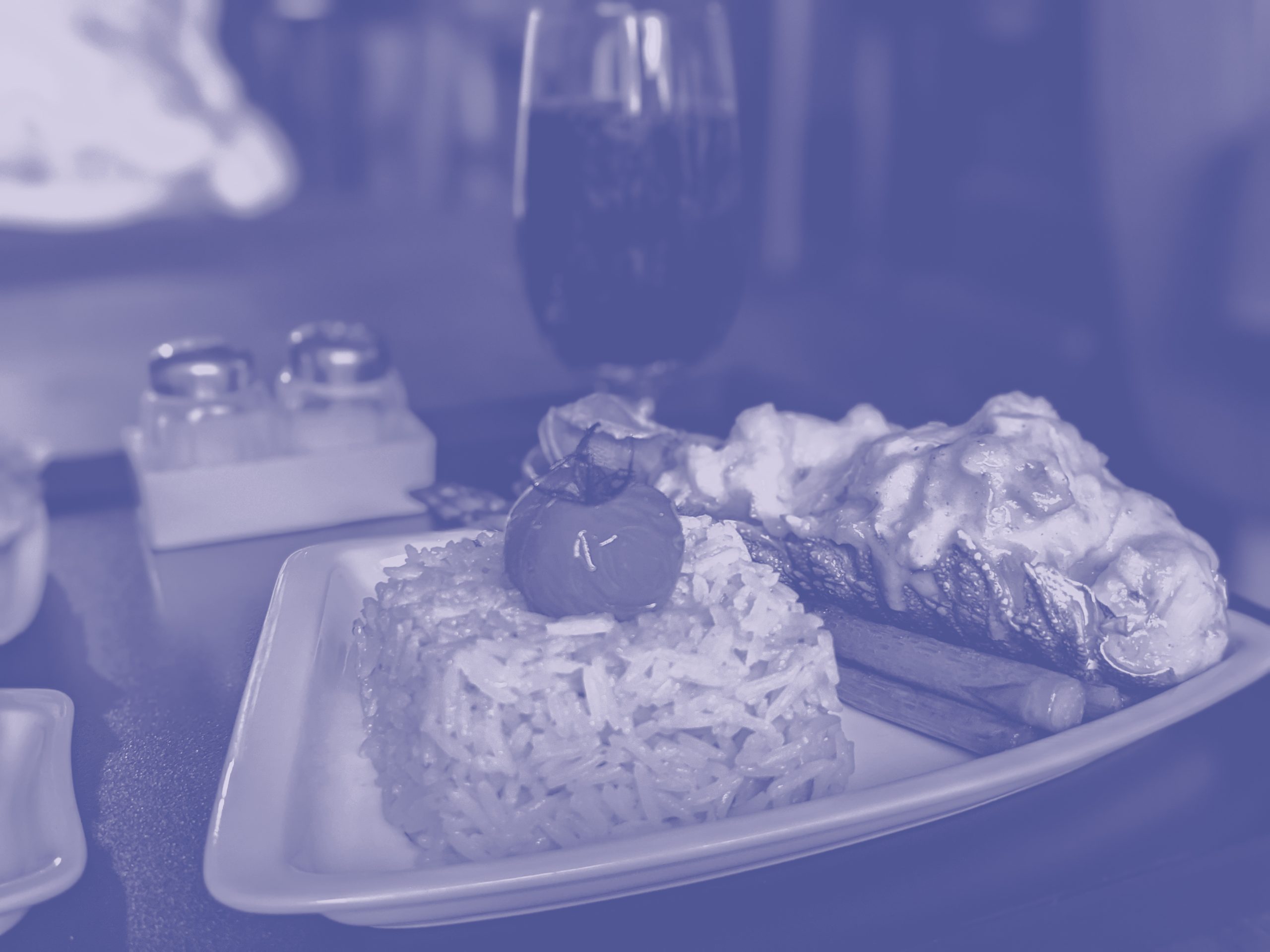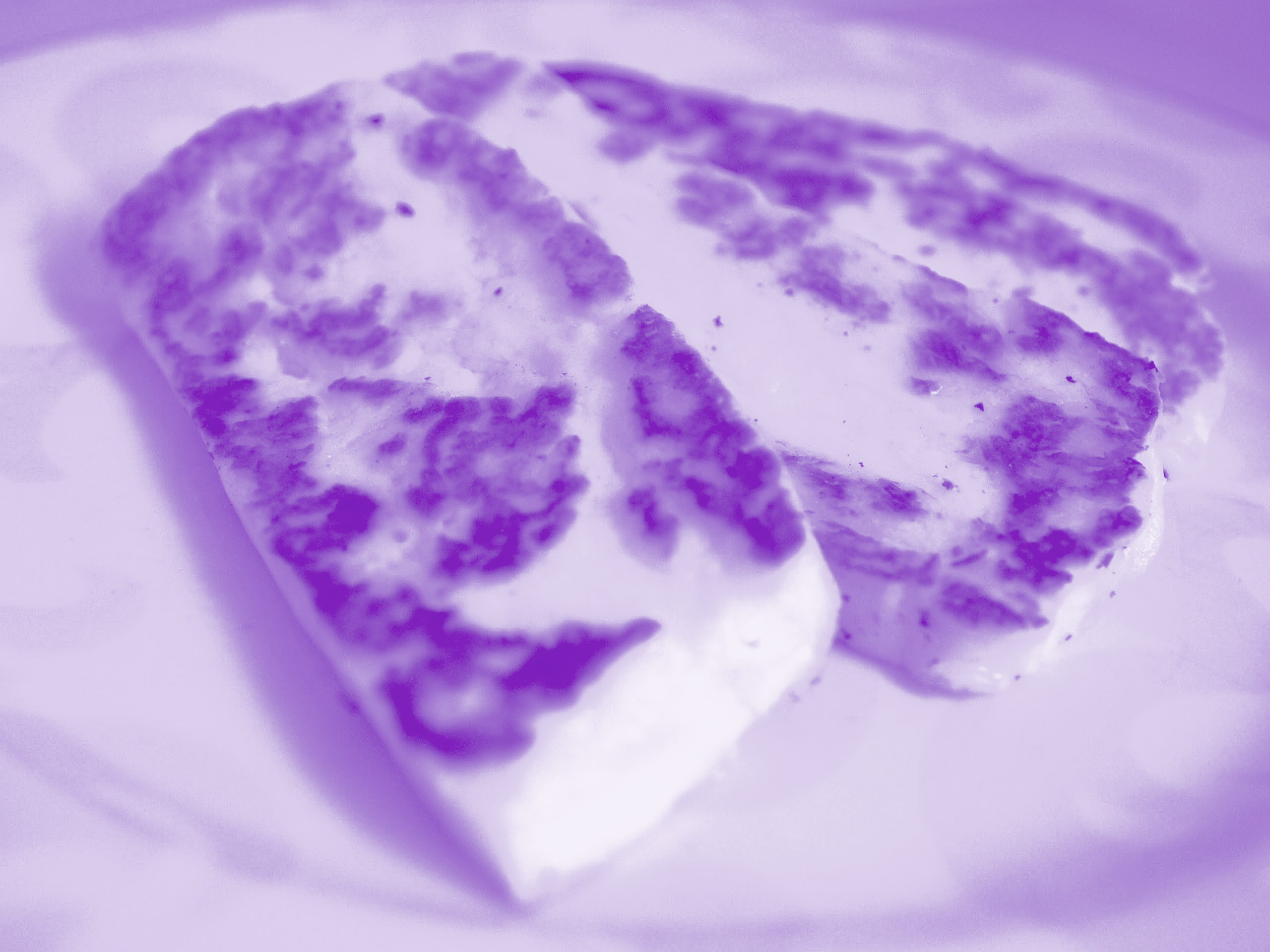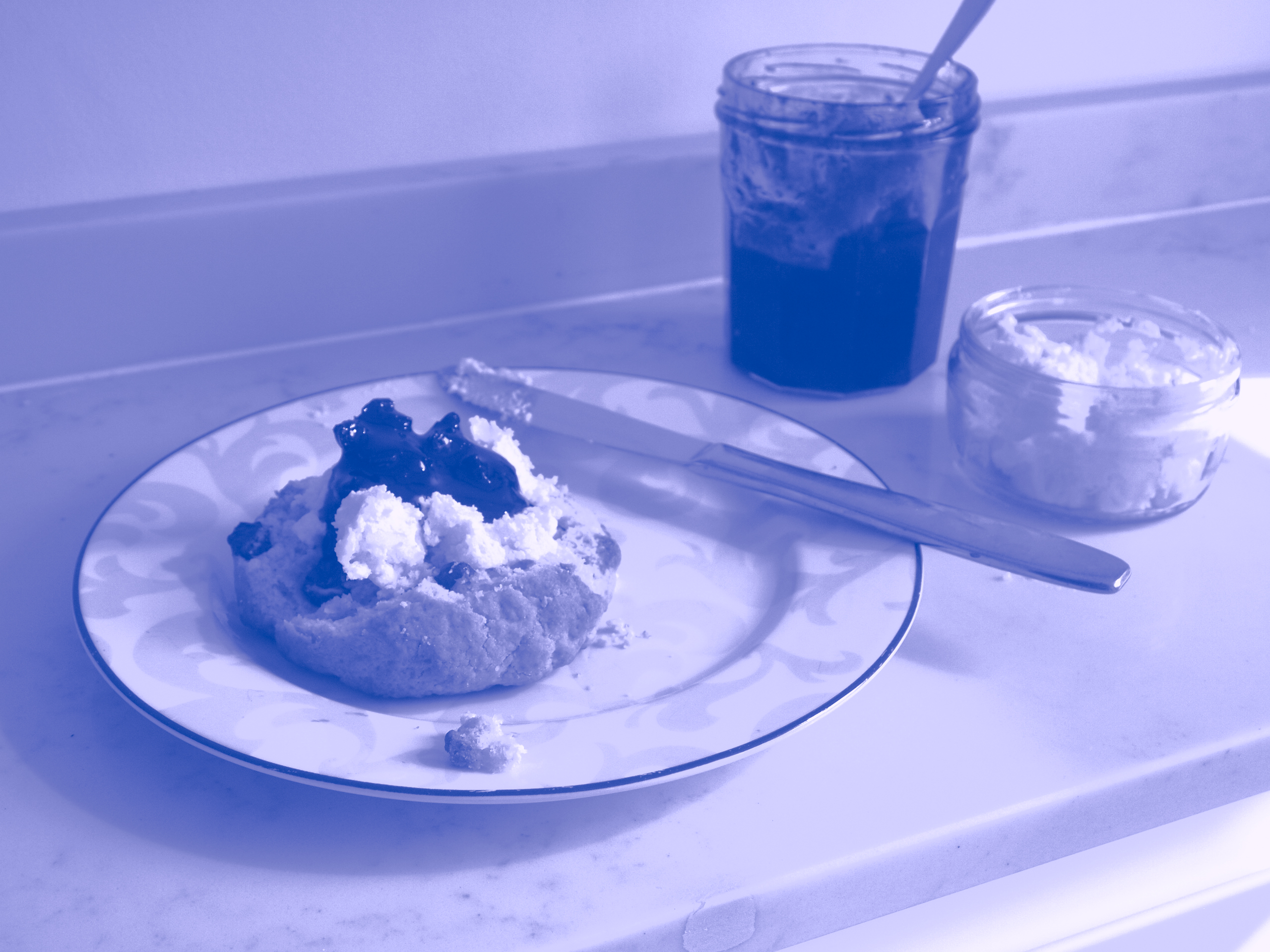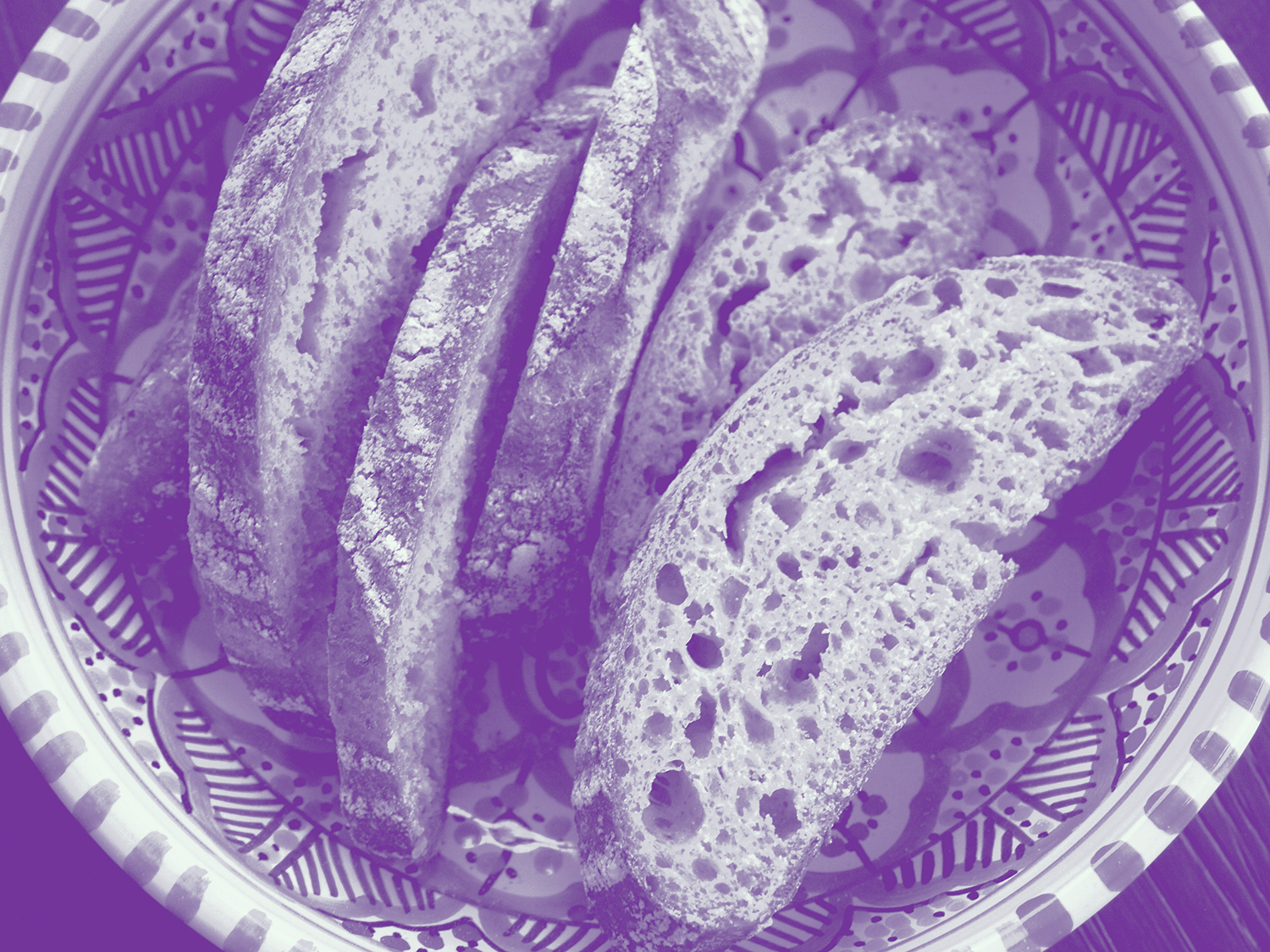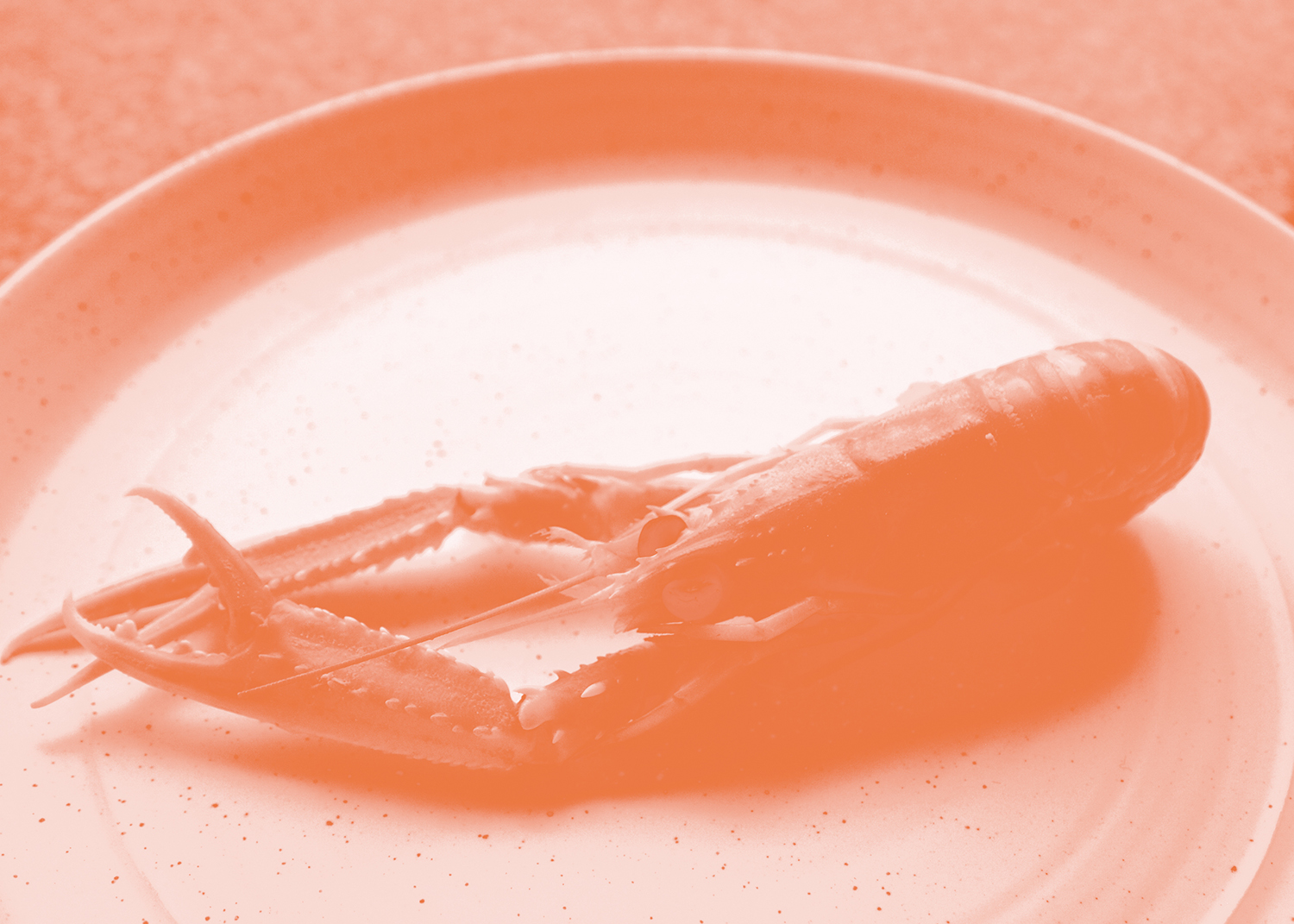Endangered Kitchen explores disappearing and lesser known food practices through the lens of contemporary politics, climate change and recipes.
In the late spring, my grandma plucks leaves from her grapevine, rolling them carefully in plastic wrap before freezing them, so that our family can enjoy dolma (vine leaves stuffed with rice and minced meat) all year round. But we are not in some part of the Mediterranean where you might expect to find a grapevine—we are in fact in a small, paved garden in the heart of southeast London. Originally planted to remind them of home, as the temperatures have risen in England, my grandparents have recently enjoyed bumper crops of purple grapes and bright green leaves. This shift in climate has impacted more than just our diaspora of stuffed-leaf eating people. It has made a once unrealistic dream of UK winemakers possible—there are now almost 400 working vineyards in England with many more planned.
Although England lies just 100 miles from France, arguably the heart of winemaking Europe, decent English wines have been historically elusive despite similarities in landscapes (who knew that the white cliffs of Dover are made of the same crushed sea shells as the Champagne regions, for example?) England’s notorious blustery weather has made it typically impossible to grow grapes. Over the last few decades, a temperature increase of just one degree celsius seems to have made all the difference and Dover’s white cliffs are now close to some of the best vineyards in the country. England’s climate, however ‘is still marginal’ says Tom McKim, co-owner of East London natural wine shop, Gnarly Vines, who have an excellent offering of UK wines, “but it’s just about alright. We have a borderline climate: 2018 was a super hot, successful summer but 2019 was a write off, grape wise (because of frost).”
An unreliable climate is a challenge when it comes to winemaking. Mark Smith of Black Mountain, an organic vineyard, has changed the variety of grapes planted since he began in 2008. “We’re in Herefordshire, by the (very wet) Welsh borders,” he tells me. “We started off with sparkling wine like a lot of other people. (But now) we plant hybrid varieties of grape, so we have back-up in the bad years—climate change is the biggest challenge to finding (grape) varieties that work and that you can still crop (when the weather is bad).”
Experimentation has always been key if English vineyards are to be viable, not only to tackle climate change, but to expand the market. Tom tells me that planting vineyards really began ‘in the 50’s when people started planting vigorous German grapes or crossed varieties, which proved growing grapes was possible, but didn’t make good wine. Then in ‘88 Nyetimber started the second wave where it became all about English sparkling wine and champagne equivalents.’ Much of the wine made in the UK is sparkling, a legacy left by Nyetimber who single handedly changed the country’s global reputation—Chardonnay and Pinot Noir now account for most grapes grown and English sparkling wine now regularly gives French champagne a run for its money. Encouraged by previous successes, vineyards, which generally remain small, are experimenting further. ‘People are trying different things and different varieties (of grape) and hopefully it will continue to evolve quite quickly,’ says Mark. Tom goes on to say ‘it’s really interesting now because vineyards like Tillingham have inspired a few others to get in on the natural wine movement, which is what Gnarly Vines is all about. (The natural wine scene is) actually the third wave of English wine making.’ Today there’s a blossoming of still wines, English grapes and biodynamic, natural and organic wine-making processes.
Wine making in the UK strikes me as a defiant industry, disinterested in traditions. Mark explains that, globally, despite being next to Europe, ‘English wine is kind of seen as a New World wine, like New Zealand or Chile, so you’re not tied to any rules.’ The industry is defiant too in not collapsing in the face of both Brexit and the pandemic—the English wine scene is hopeful, buoyant and unified. ‘It’s a nice industry to be in right now—everyone wants to support each other because if everyone’s making good stuff, it’s good for everyone,’ Mark tells me.
England sees wine exports as a promising new market and with sales increasing over 30% between 2015 and 2017, it has been predicted that the industry could be worth 1 billion GBP by 2040. But the question is, will these expectations be met? With a legacy of bad cuisine and an increasingly insular diplomatic policy post Brexit, can the British, more specifically the English, really persuade enough people to buy their wine?
As the ringleader of the Brexit referendum, England has recently left a bad taste on the palate of not only its estranged European cousins but its neighbours in the British isles such as Ireland, Northern Ireland and Scotland. Hostilities with the UK as a whole have also grown between important wine markets like China and friendship with the United States is not as it once was. Aside from political relationships, exports from England have dropped 68% compared to a year ago now that Brexit has wreaked havoc on the UK’s trade relationships.
Brits are in the top five wine drinkers in the world, importing most of their wine from Europe, which may prove problematic as price of imports, too, have increased—a real kick in the teeth for a country that has a notoriously strong bond with alcohol and who have been drinking wine, on average 11% more during the pain of the pandemic. With a complicated export process and pricier bottles of European wine, will UK households be drinking homegrown wine in the future?
Could finding solace at the bottom of a glass filled with the local vintage help in other ways? Vineyards, for example, may also be key tools in raising the tourism bar in the UK. A combination of the Covid-19 pandemic, a crashing economy and visas to Europe becoming harder to obtain, may encourage more staycations, so perhaps a wine tour in the south of England may be more likely than a similar trip in Southern France, with greater benefits for the domestic economy.
It is often said that when life gives you lemons, make lemonade. In England’s case, however, it seems to be a case of, when life gives you an ever increasing introspective foreign policy, a global pandemic and a life-altering change in climate, it’s time to make wine instead.
Recipe for my grandma’s stuffed vine leaves. If temperatures keep climbing, will the dolma be welcomed into the English cuisine? Fillings vary depending on where you are in the world—I’ve given you some options below.
Grandma’s Stuffed Vine Leaves
Ingredients:
- Approximately 30 vineleaves
- 200 g long grain rice
- Half a small onion, roughly chopped
- 1 clove of garlic, finely chopped
- 150 g cherry tomatoes, cut in half
- A handful of chopped parsley
- A handful of chopped mint
- 1 teaspoon of cinnamon
- Salt and pepper to taste
- 50 g of either pine nuts, minced meat or mushrooms
Directions:
- Cook the rice.
- Boil the vineleaves for 2 minutes so they turn slightly darker in color, then drain. They are easier to roll when they are boiled.
- Fry garlic, onions and tomatoes on a high heat until soft. Add cinnamon, mint and parsley and whichever extra ingredient you are using (either meat, mushroom or pine nuts), fry for another couple of minutes on a medium heat.
- When the rice is cooked, drain and add to the fillings, mixing well so that it is well combined. Season to taste.
- Cool all of your ingredients.
- Once cooled, lay out one vineleaf flat at a time. Add 2-3 teaspoons of filling to one side of the leaf. If any of the vineleaves are torn or a bit small, you can also overlap two or three together to make them bigger and easier to roll.
- Tuck the tops of the vineleaves over the filling to seal the ends, then roll the sides of the vine over the rice mixture—it’s a little bit like rolling a burrito and you’ll end up with a cigar shape
- Place the rolled vineleaves in a pot and pour a glass of water over them.
- Cover the pot with a lid and simmer for 20-25 minutes.
- Allow to rest before serving – these can be eaten as part of a meze, or as a light snack with a bit of yogurt.

